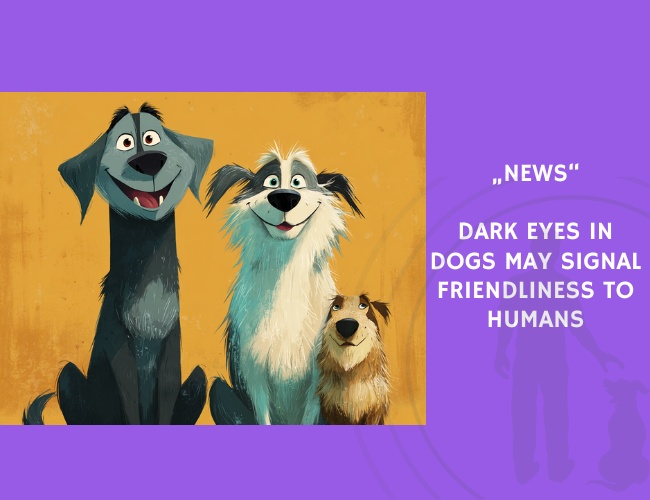Domestication has shaped not only the bodies and behaviors of dogs but also their facial features. A study published in December 2023 in Royal Society Open Science investigated differences in iris colour between domestic dogs and their closest relatives, gray wolves, to assess whether eye coloration influences how humans perceive dogs.
Image analysis revealed that the irises of dogs were significantly darker than those of wolves. The researchers found that dark-eyed dogs were judged by human observers to appear more friendly and immature, qualities that may elicit caregiving responses. In contrast, lighter eyes, as seen more frequently in wolves, conveyed a less approachable impression.
The findings suggest that darker irises may have been favored during the domestication process because they send a non-threatening gaze signal, strengthening human-dog social bonds. By appearing more cooperative and approachable, dark-eyed dogs may have had advantages in integrating into human communities.
The authors concluded that this trait reflects how subtle facial features—like eye colour—can be shaped by human preferences and contribute to the evolution of domesticated animals. The study provides a new perspective on how communication between humans and dogs has been influenced not only by behavior but also by visible physical traits.
Source: Konno, A., Aoki, H., Suzuki, E., Furuta, S., & Ueda, S. Royal Society Open Science, December 2023.










